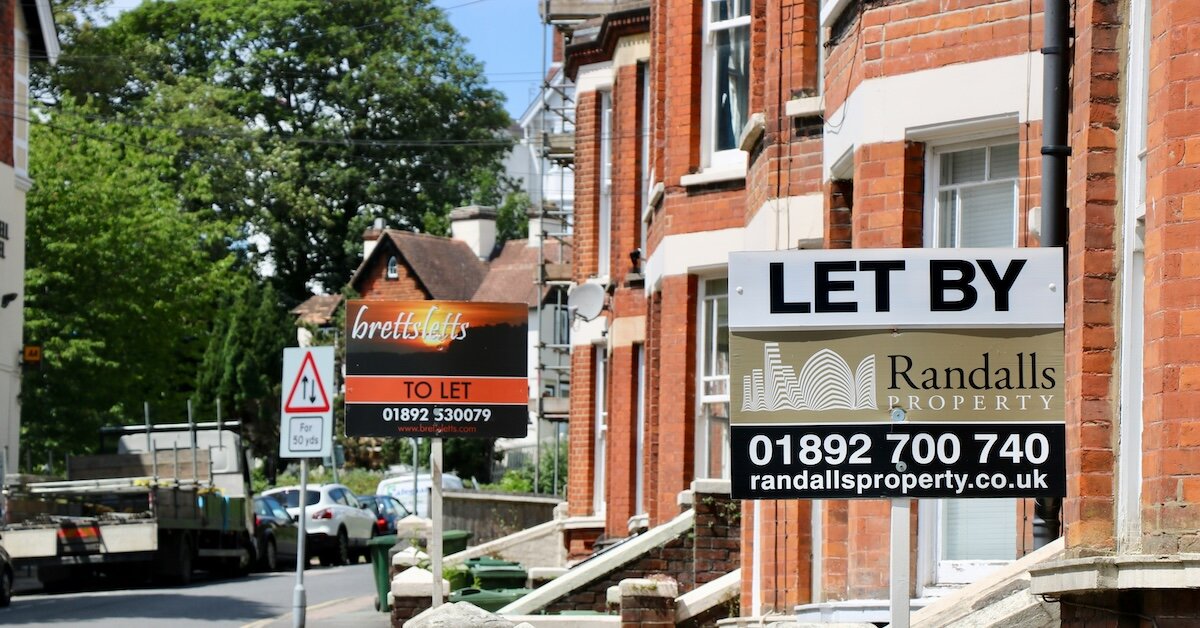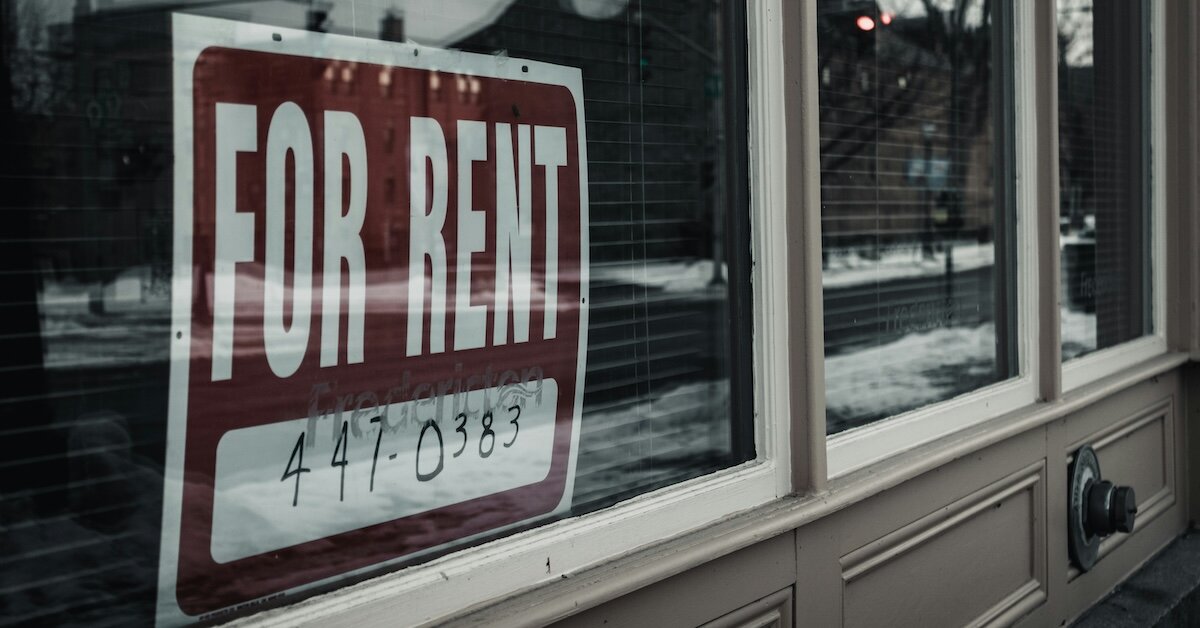How to Calculate Rent for Your Commercial Property


When purchasing commercial real estate property, accurately calculating rent is what separates successful investors from the rest.
Imagine this scenario: a property in a bustling downtown area, prime for attracting top-tier tenants, yet the rent is set too high, leaving it vacant for months. Conversely, the rent is set too low, leaving money on the table, funds that could have been reinvested into the property.
In this post, we'll discuss the essentials needed to nail down a fair yet competitive rent, ensuring a fair market value that benefits both owner and tenant.
We'll cover key factors, including the impact of location, lease types, a breakdown of everything from per square foot calculations, and where to find the most up-to-date lease comparables for commercial real estate.
Understanding Different Commercial Lease Structures
The commercial lease type influences the initial calculation of rent and affects how costs are managed and shared between the owner and tenant over time. Here are the basic commercial real estate lease structures to know:
Full Service Gross Lease (FSG)
Simplicity is key. The tenant pays a single, all-inclusive rental rate, and the landlord takes care of nearly all property-related expenses, including maintenance, taxes, insurance, and utilities.
This lease type offers predictability in budgeting for tenants since they won't be hit with unexpected costs. On the other hand, landlords need to carefully calculate this flat rate to ensure it covers all potential expenses, making understanding operating costs critical.
Modified Gross Lease (MG)
A Modified Gross Lease strikes the balance between simplicity and flexibility. Similar to the full service gross lease, tenants pay a base rental rate.
However, certain expenses are split between the tenant and the landlord, which are negotiated in the lease terms. These could include utility costs, janitorial services, or maintenance. Both parties enjoy a degree of predictability while having the room to negotiate which costs are shared.

Net Lease
Single Net Lease (N Lease)
Double Net Lease (NN Lease)
Triple Net Lease (NNN Lease)

How to Calculate Commercial Rent per Square Foot
- Location and Market Analysis Comparables (Comps): A property's proximity to amenities, economic hubs, and its neighborhood's overall desirability directly influences its rent. Comparing the property to similar ones in the area ensures the rates are competitive and fair.
- Property Size and Floorplan: The total square footage alongside a functional floorplan can significantly impact the rental value, with well-designed spaces often commanding higher rents.
- Operating Expenses: Every dollar spent on maintenance, utilities, and property management can eat into profits if not accounted for in the rent. Transparently passing these costs onto tenants or incorporating them into the rental rate helps maintain a healthy bottom line.
- Capital Improvements: Upgrades and renovations do more than beautify a property—they increase its value. When calculating rent, it's important to consider the investment made in capital improvements or those that are planned. These can justify higher rental rates due to the added value to tenants.
- Tenant Demand: The laws of supply and demand are at play in the rental market. High demand for properties in an area can allow for higher rental rates, while a glut in the market might necessitate more competitive pricing to attract tenants.
- Historical Rental Rates and Trends: Looking back can help one look forward. Analyzing how rental rates have fluctuated over time in response to market trends provides insight into potential future movements, helping to predict whether rates will rise, fall, or stabilize in the coming years.

The Difference Between Usable and Rentable Square Footage
Load Factor
Example of Usable and Rentable Square Footage
Imagine a business looking to lease commercial real estate in a retail shopping center. The specific storefront selected has 2,000 square feet of usable space.
However, the inclusion of the center's common areas—like walkways, restrooms, and parking areas—applies the load factor, increasing the overall rentable square footage to 2,400 square feet.
So, while the tenant's direct operations occur within 2,000 square feet, the rent is calculated on the higher square footage to account for their share of the joint space.

Common Area Maintenance (CAM)
It's important to understand another aspect of commercial lease structures that impacts how operating expenses are passed through to tenants. This method involves Common Area Maintenance (CAM) charges, a mechanism by which landlords can distribute the costs associated with maintaining and operating the building's shared spaces among all tenants.
CAM charges typically include expenses for maintaining common areas such as lobbies, hallways, parking lots, landscaping, and shared facilities like conference rooms or fitness centers. These charges ensure that the property remains in top condition, providing a pleasant and functional environment for tenants and their visitors.
Instead of incorporating these operating expenses into the rental rate based on rentable square footage, landlords may base the rent on usable square footage and then add a separate CAM charge. This charge is usually calculated on a pro-rata basis, meaning each tenant contributes a portion of the total CAM expenses relative to the size of their leased usable space within the property.
For example, if a tenant occupies a 2,000 square foot retail space in a property where the total amount of leasable usable space is 20,000 square feet, and the annual CAM expenses are $40,000, the tenant's CAM charge would be calculated as follows:
- Tenant's CAM Charge = (Tenant's Usable Square Footage / Total Leasable Usable Square Footage) x Total CAM Expenses
Applying the numbers from our example:
- Tenant's CAM Charge = (2,000 / 20,000) x $40,000 = $4,000 annually or $333.33 monthly or $2/SF in addition to the base rent.
So, assuming the base rent without CAM charges is $23/SF/year, the tenant would be responsible for a $4,000 annual contribution towards the CAM expenses (or $2/SF/year) in addition to their base rent calculated on the usable square footage, for a total rent of $25/SF annually.
This approach ensures that the costs associated with the common areas are fairly distributed among all tenants based on the extent to which they use and benefit from these shared spaces.

Calculating Rent for Your Commercial Property
Typically, how to calculate commercial rent depends on whether you’re quoting on an annual or monthly basis, which depends on the market and the standard practices within that area.
For instance, using the retail space example from earlier, if the market retail rent is $25 per square foot annually and the rentable square footage is 2,400 SF, the annual rent calculation would be as follows:
- Annual Rent = Rentable Square Footage x Market Rent per Square Foot
- Annual Rent = 2,400 SF x $25/SF
- Annual Rent = $60,000
To convert this into a monthly rent figure, divide the annual rent by 12 months:
- Monthly Rent = $25/SF / 12 months = $2.083/SF
- Monthly Rent = 2,400 SF x $2.083
- Monthly Rent = $5,000
This basic formula provides a straightforward method for determining the initial rent. However, other rental calculation options can be considered based on the nature of the business and the agreement between the tenant and landlord.

Percentage Leases
Percentage commercial leases are commonly used in retail settings, where the tenant pays a base rent plus a percentage of their monthly sales over a certain threshold.
For example, the retailer in our shopping center example might pay $5,000 in monthly base rent, with an additional 5% of all gross receipts over $10,000. If the monthly sales are $20,000, the calculation would be:
- Additional Rent = (Gross Receipts - Threshold) x Percentage Rate
- Additional Rent = ($20,000 - $10,000) x 0.05
- Additional Rent = $500
The total rent for that month would be $5,500.
Percentage Over Base Amount
This model involves the tenant paying a set percentage over a base revenue amount. Assuming the same retail space has an agreement to pay 3% over $15,000 in monthly sales, the calculation for a month with $20,000 in sales would look like:
- Additional Rent = (Gross Receipts - Base Amount) x Percentage Rate
- Additional Rent = ($20,000 - $15,000) x 0.03
- Additional Rent = $150
The total rent, including the base rent, would be $5,150.
Percentage of Gross Receipts
In this structure, the tenant pays a percentage of all gross receipts without a base monthly sales threshold. For instance, if a tenant agrees to pay 6% of their gross receipts as rent and has $20,000 in sales for the month, their rent calculation would be:
- Rent = Gross Receipts x Percentage Rate
- Rent = $20,000 x 0.06
- Rent = $1,200
Although the rental income is lower, the percentage of gross receipts lease structure might be used for anchor tenants, like a grocery store within a shopping center. Anchor tenants draw significant foot traffic, which benefits the other tenants by increasing the overall customer base visiting the shopping center.
This leasing arrangement can be advantageous for the landlord despite potentially lower rental income, as the presence of a popular anchor tenant enhances the center's attractiveness to other potential renters and boosts the shopping center's overall profitability.

Where To Find Commercial Lease Comparables
Creating accurate lease comparables allows investors to gauge the property's potential return on investment, set competitive lease rates, and negotiate deals more effectively. Here are some best practices to follow when determining lease comps for commercial properties:
- Geographical Proximity: Focus on properties within the same area as your target investment. Proximity plays a significant role in valuation due to factors such as foot traffic, local demographics, and the economic landscape.
- Similar Property Types: Ensure that the comps you select share similarities with the property in question, including type - retail, office, industrial - size, and amenities. This similarity ensures the data you gather is relevant and comparable.
- Recent Transactions: Prioritize comps based on the most recent lease agreements. Markets fluctuate, and what was applicable a year ago may not reflect current conditions.
- Adjust for Differences: No two properties are exactly alike. To derive an accurate comparison, be prepared to make adjustments for differences in size, condition, location desirability, and lease terms.
- Use Technology and Data Platforms: Leverage technology and online platforms that offer access to comprehensive market data, sales comps, and analytics. These tools can provide a wealth of information and significantly streamline the process of finding accurate commercial lease comps.
Crexi is the go-to platform for anyone looking to buy or sell commercial properties.
With Crexi, users can access over 153 million CRE property records and sales comps, interactive maps, and market insights. Whether you’re analyzing the viability of a new investment or setting competitive lease rates, Crexi equips you with all the tools you need to make informed decisions.
Don't leave your commercial real estate decisions to chance. Start your Crexi experience today and unlock the full potential of your commercial real estate investments.









